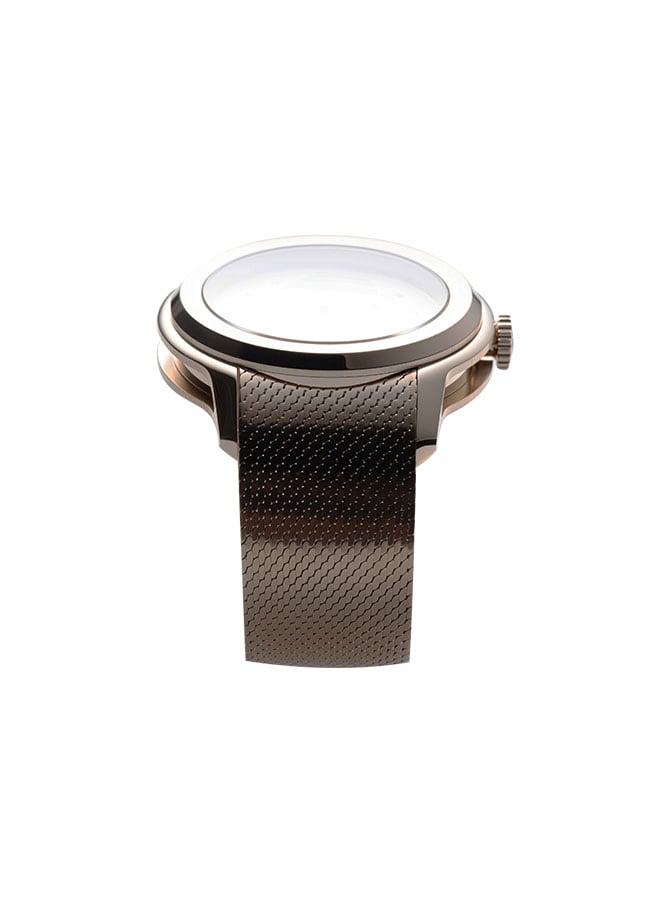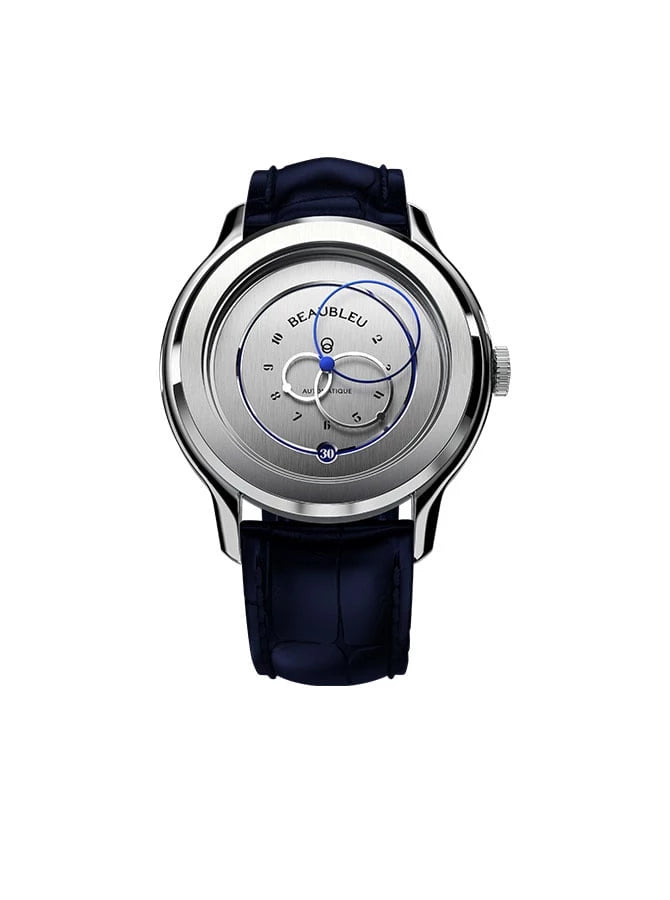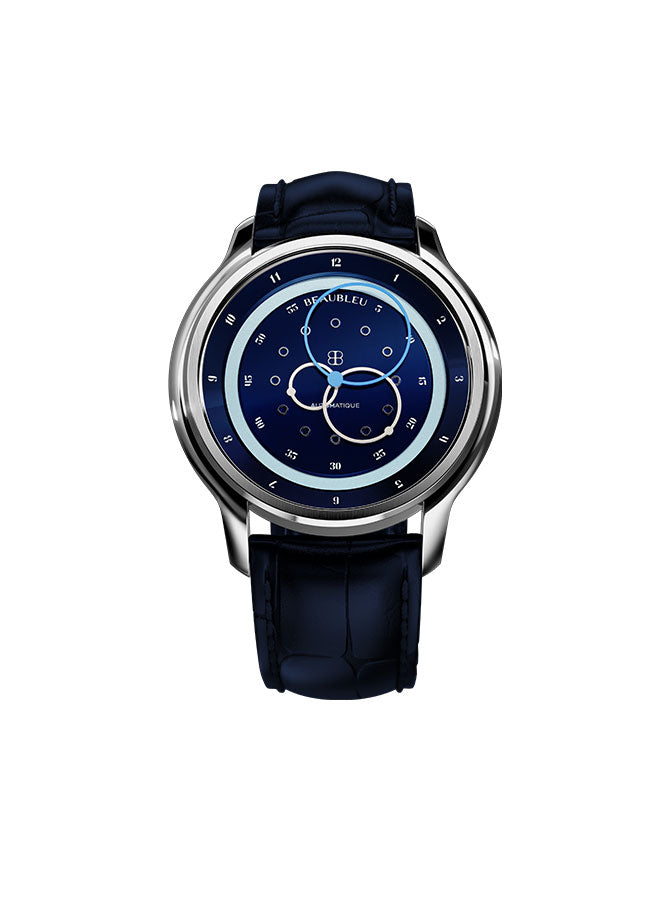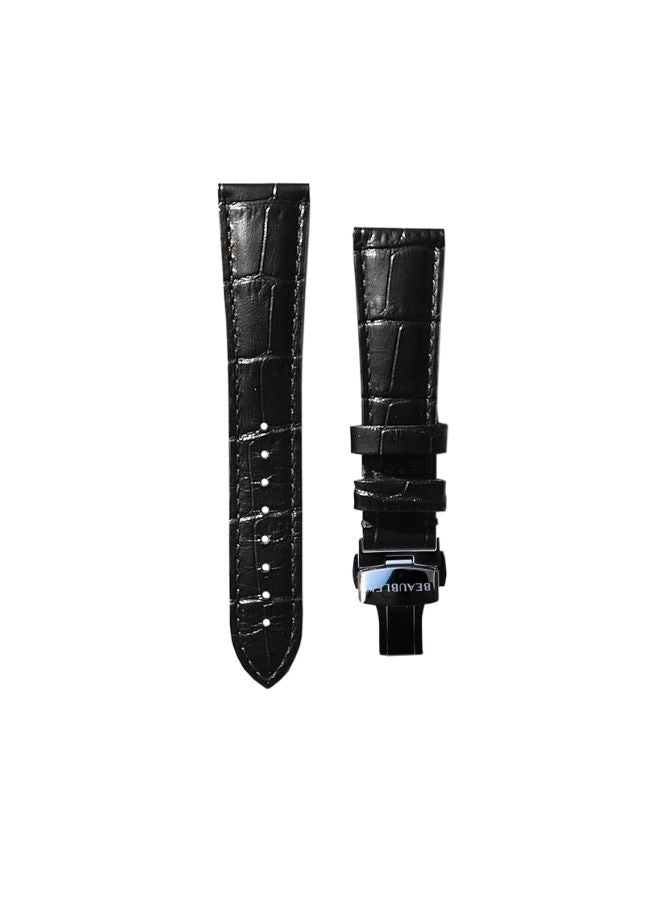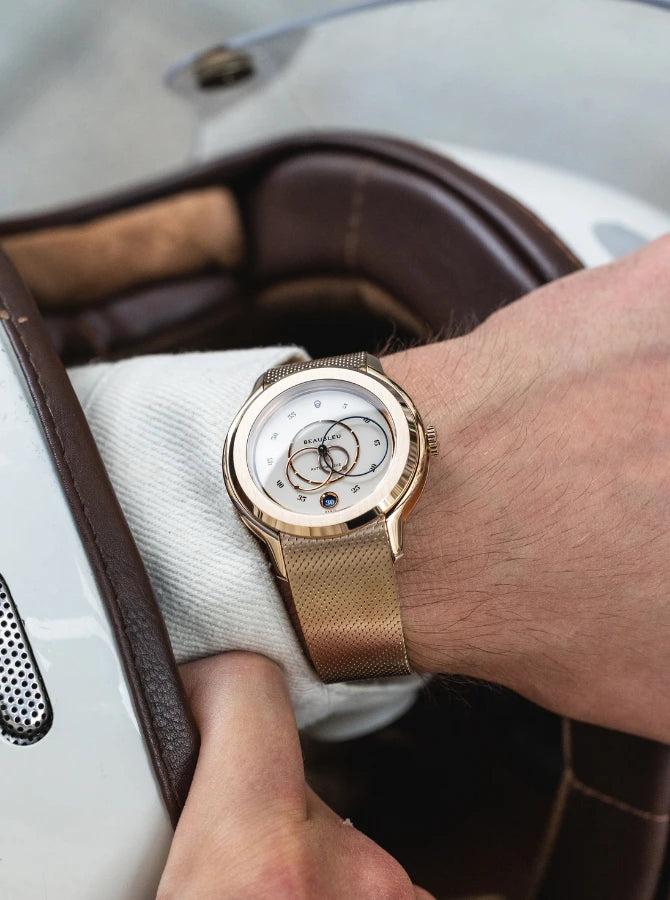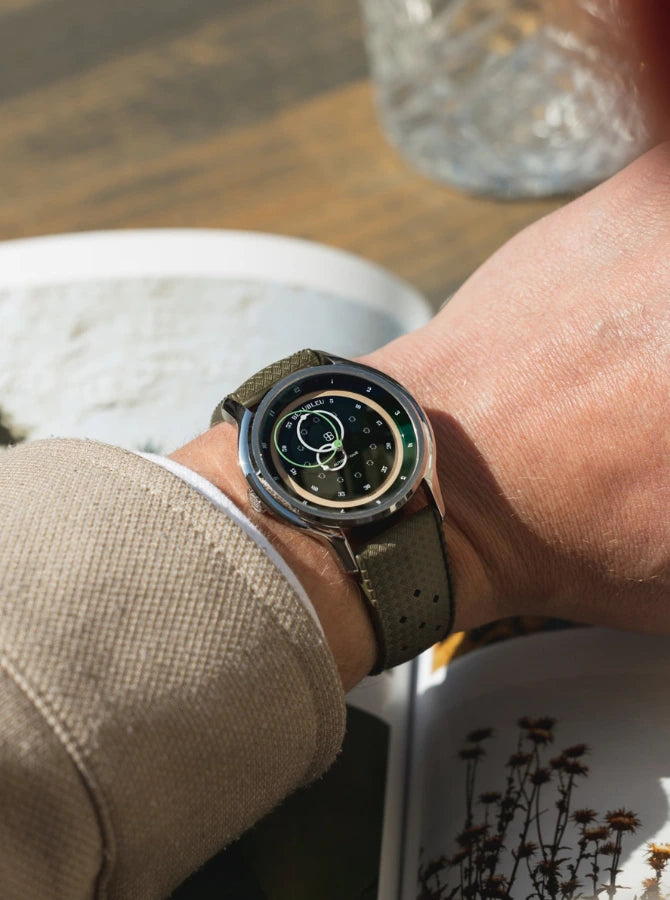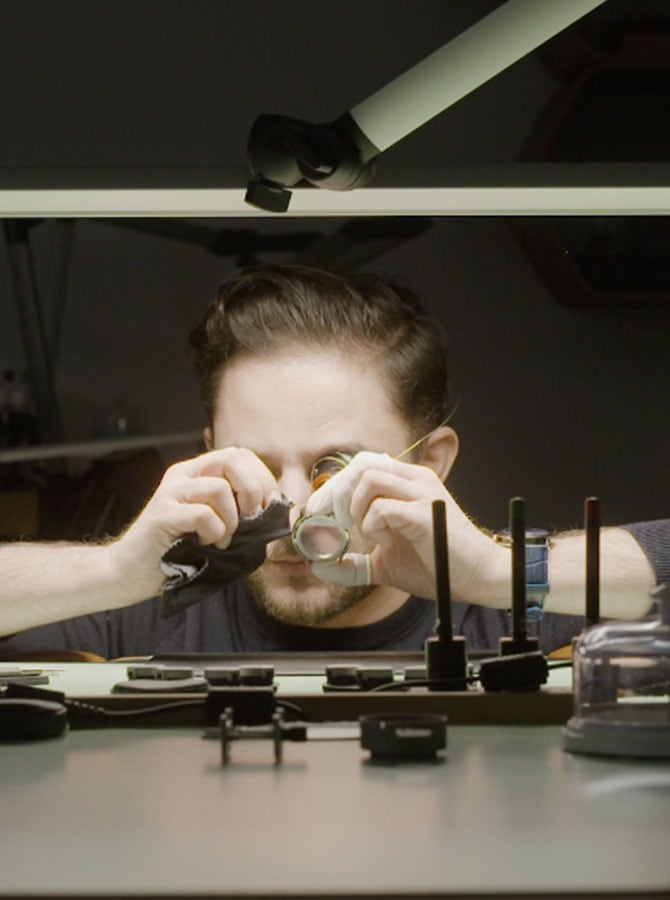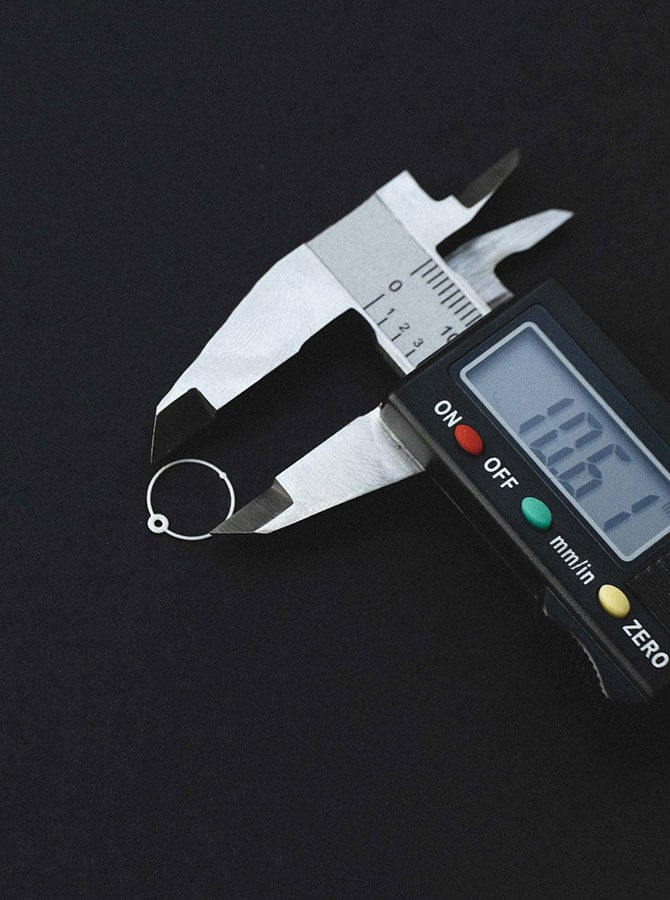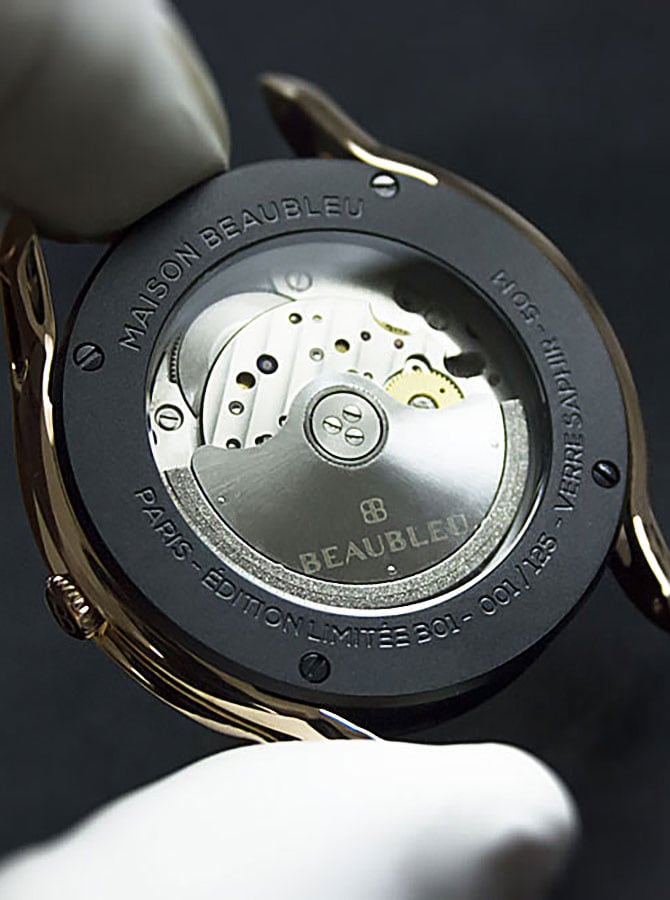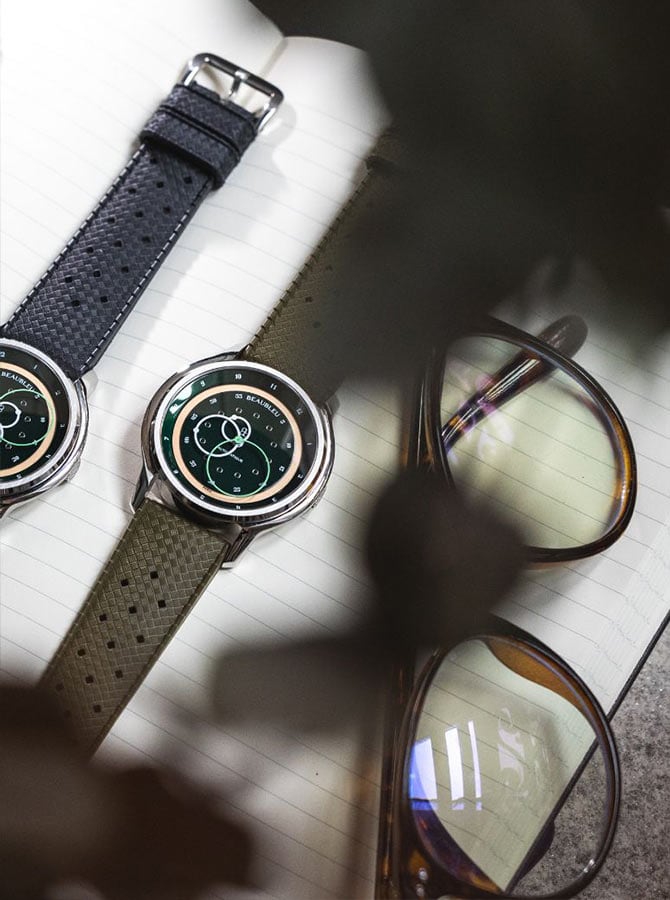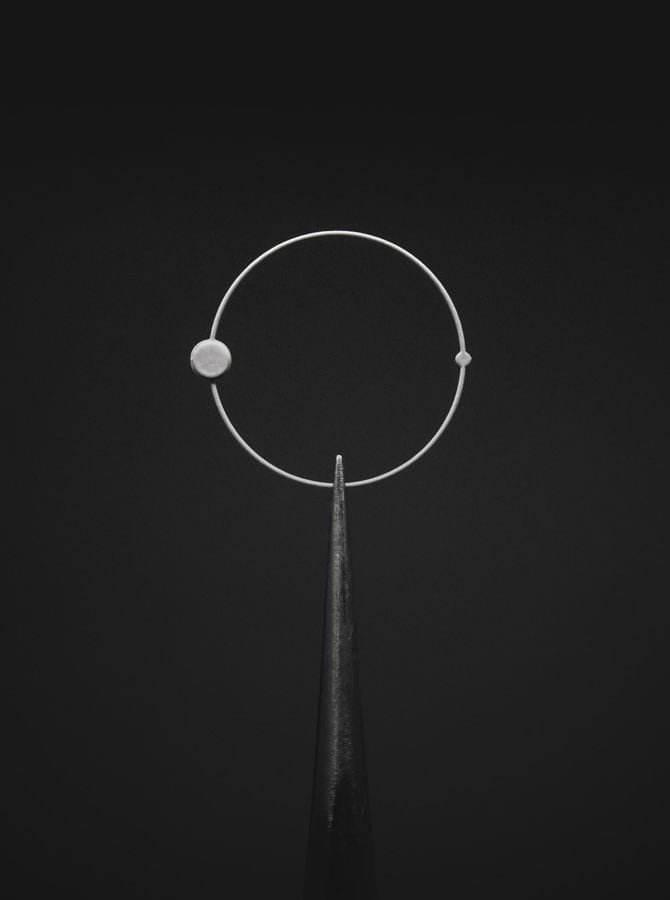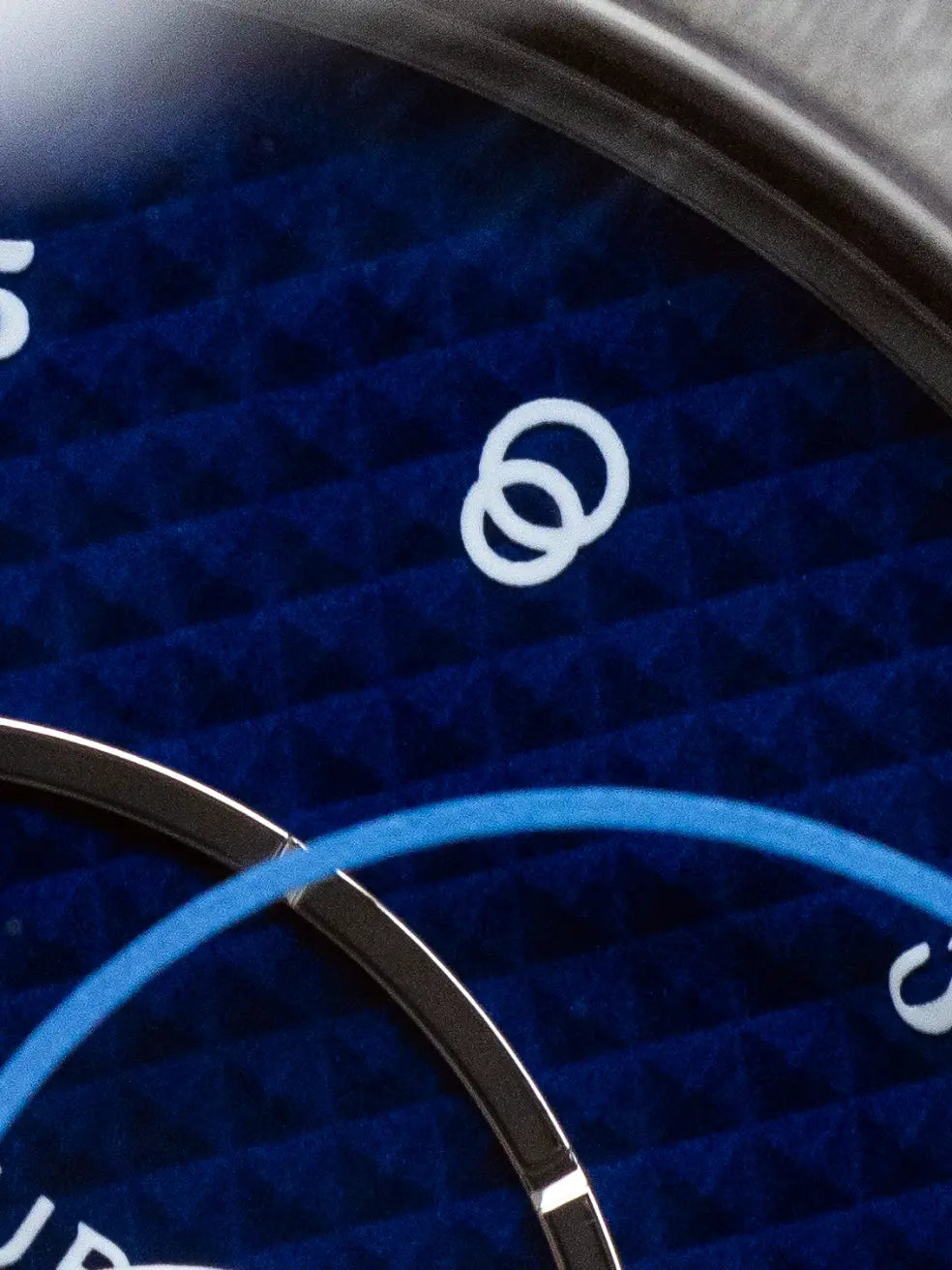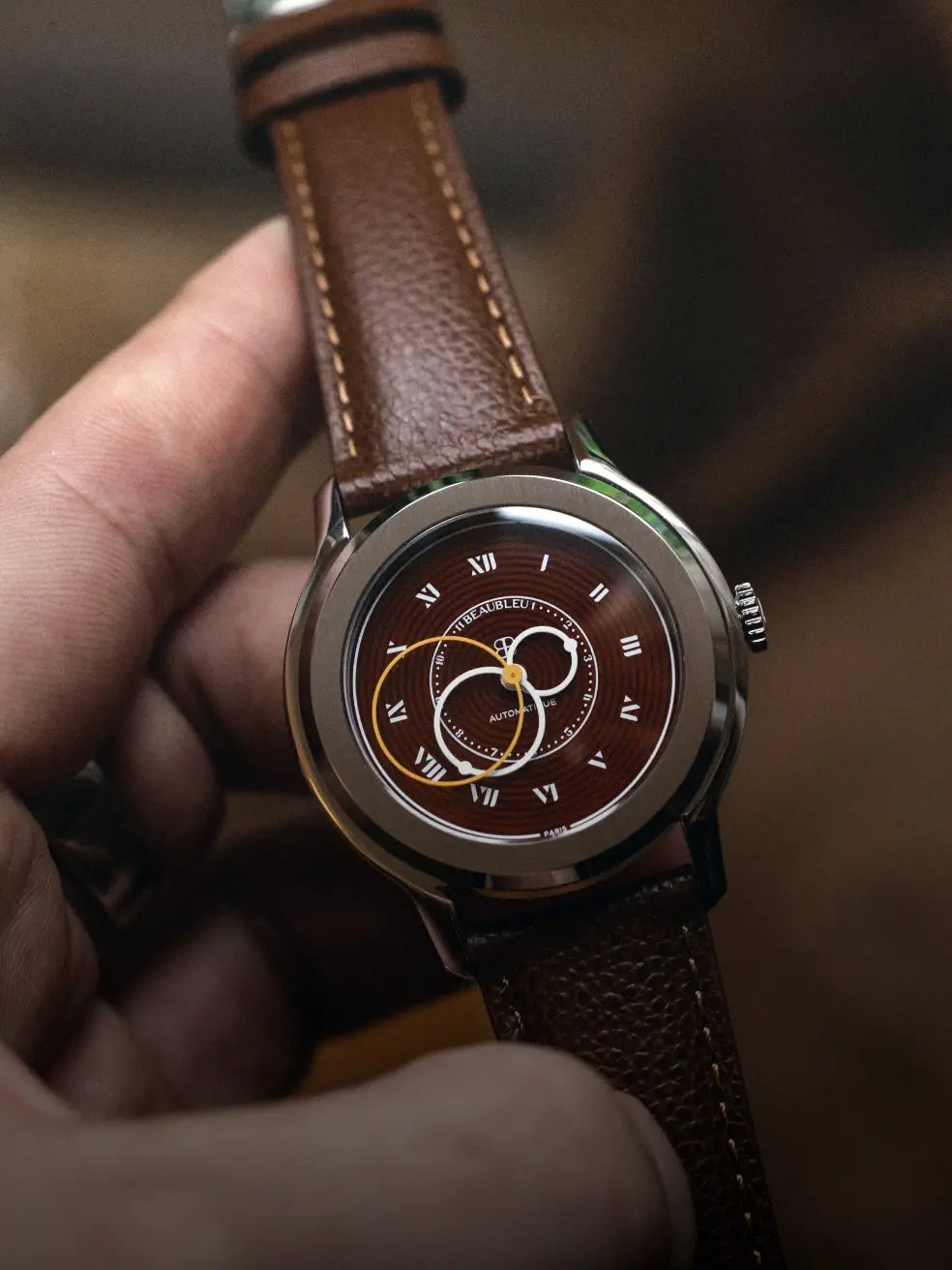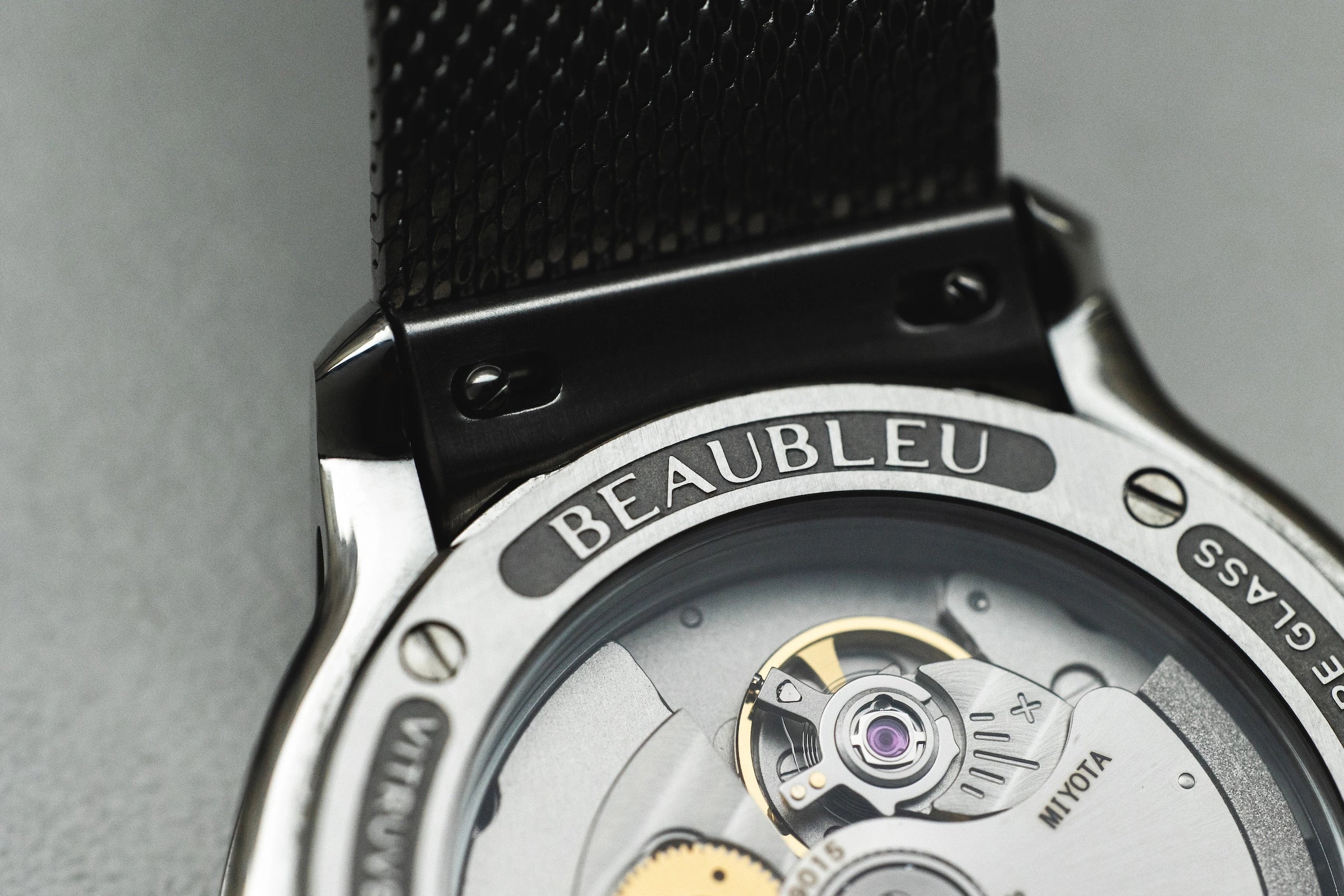
Understanding the technical prowess of automatic winding
Automatic winding represents one of the most significant advances in the world of watchmaking, brilliantly combining technical finesse with everyday functionality. This mechanical feat, which allows a watch to wind itself thanks to the natural movements of the wrist, not only simplified the use of mechanical watches, but also marked a turning point in watchmaking design.
History of automatic winding
The concept of automatic winding is not new. It dates back to the 18th century, when the first prototypes sought to optimize the user experience of pocket watches. However, it was at the beginning of the 20th century that the so-called “automatic” movement was successfully integrated into wristwatches, thus revolutionizing the use and appreciation of mechanical watches. This innovation allowed watch wearers to benefit from a constant source of energy, making watches more reliable and practical for everyday use.
Working principle of automatic movement
The heart of the automatic movement lies in its ingenious mechanism that converts the movement of the wrist into energy. At the center of this system is the rotor (or oscillating mass), a semi-circular part that rotates freely around an axis. When the wrist moves, the rotor turns and activates the watch winding mechanism. This energy is then stored in the barrel spring, providing the watch with the power to operate autonomously, often for several days without the need for manual winding.
Advantages of automatic winding
Automatic winding offers several notable advantages over hand-wound or quartz watches. First, there is convenience: wearers do not have to worry about winding their watch daily, which is particularly beneficial for those who prioritize ease of use. Then, these watches are generally perceived as more ecological, requiring no batteries and taking advantage of a renewable energy source: human movement. In addition, the automatic movement is synonymous with durability and longevity, with watches designed to last and be passed down from generation to generation. Finally, the mechanical and often visible aspect of the mechanism provides an aesthetic and fascinating dimension, attracting collectors and watch enthusiasts looking for exceptional pieces.
Technical innovations
The field of automatic winding has continued to evolve, benefiting from constant innovations that improve its efficiency and reliability. Watch brands invest significantly in research and development to optimize the rotor mechanism and maximize the power reserve (energy reserve that allows it to continue operating for a period of time even if it is not worn or wound regularly ). New lightweight and strong alloys have been introduced, reducing friction and increasing the longevity of the mechanism. Additionally, some cutting-edge watches now feature bidirectional winding systems, allowing the rotor to wind the barrel spring regardless of the direction of its rotation, a feat that guarantees maximum efficiency.
Choosing an automatic movement watch
When selecting an automatic movement watch, there are several factors to consider. The quality of the mechanism, the power reserve, the design of the rotor visible or not, and of course, the general aesthetics of the watch. Additionally, although the automatic movement offers great convenience, it is important to remember that these watches benefit from regular maintenance to ensure their long-term performance.
Automatic winding is more than just a feature, it is a celebration of watchmaking ingenuity that combines mechanical artistry with everyday practicality. This technology, born from the desire to innovate and improve the experience of wearing mechanical watches, continues to captivate watch enthusiasts with its complexity and beauty. As watchmaking advances, the automatic movement remains a testament to human genius, a bridge between watchmaking's glorious past and its promising future.
